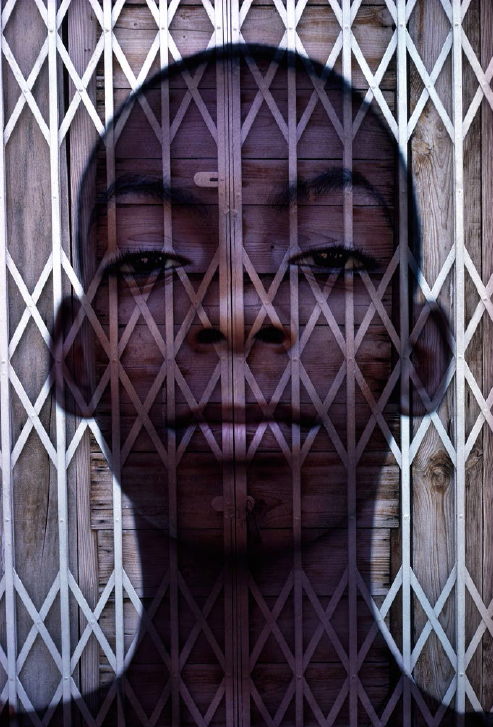-
We call this one "Mothers and Babies". The Mothers of Invention unnerved Art Kane: other people's photographs made them look like Hell's Angels, and as he put it himself,They scared the shit out of me. When he met them he discovered that rather than being hostile, they were the opposite, and that many of the Mothers were, in fact, fathers. So he decided to reveal them as one big gentle family, grouped tightly to emphasise the contrast between the big scary looking bearded men and the tiny vulnerable naked babies. The aim was to make the viewer see behind the facade - just like he had done himself. The shoot was a hoot. As he later recalled: The babies were peeing all over the place! One baby on top peed on Frank Zappa's head, which then ricocheted onto another guy's cowboy hat, then dribbled onto another guy. It looked just like the fountains of Rome. I caught it all with strobe, it looked great but Life wouldn't print it.
-
The most famous Jazz photograph ever? This was Art Kane's first assignment as a professional photographer. The signature photograph from the golden age of Jazz - not a bad place to kick off. How could he have gathered 57 of the world's greatest jazz musicians at 10.00am on 126th Street in Harlem one August morning - a time when they would usually all be fast asleep? It was very nearly 58 musicians, but pianist Willie Smith had wandered out of frame by the time the shot was taken. Kane controlled them (as best he could) by shouting directions through a rolled-up New York Times. They are all in there: Monk, Mulligan, Basie, Gillespie, Mingus and more. It was a momentous day for Art Kane, who would later look back: I came up with this really outrageous idea, and watching it unfold the way I'd thought of it; seeing all those musicians moving up there onto those steps on 126th St. was magnificent. I knew from that moment on that this was what I wanted to do with my life. I wanted to be a photographer. If imitation is the sincerest form of flattery then Art Kane has been extensively and sincerely flattered: this photograph has been re-created in tribute at least a dozen times by hip hop artists, younger jazz musicians, classical players & doo wop artists, and entire music communities. It was the subject of an Academy Award nominated documentary, 'A Great Day in Harlem' by Jean Bach, which is well worth seeking out. No other picture has become so deeply embedded in the hearts and minds of music lovers worldwide.
-
For Art Kane, a face was never enough. With rock 'n' roll musicians, Kane's approach was to strip away the instruments and take them off the stage, and construct portraits that projected what they meant to him. Armed with background facts on Jefferson Airplane, he immersed himself in their sound. He saw flight as a key part of their identity, not just because of the name of the band. In his notebooks he wrote flying by any means, drugs or fantasy, to leave the ground, enter the rabbit hole...They seem to favour the look of the 'bad guy' in the old Western movies... For the cover picture Kane commissioned six plexiglas boxes - at a cost of $3,000 - a huge expense at the time. They were stacked in an environment suggesting a barren stretch of Western desert, in front of a mound of gypsum on the bank of New York's East River across from the Union Nations Building. He wanted them to float, to appear apart, separated in their individual boxes. This photograph appeared on the cover of Life Magazine on June 28, 1968.
-
Kane shot Armstrong in Death Valley - one of his earliest photographic assignments. He hired a small four seat Beechcraft plane (which Louis Armstrong was none too happy about) to fly from Las Vegas, where Armstrong was performing, to a deserted stretch of road in the Mojave desert, where Kane wanted to make the photograph. Armstrong had to leave his wife Lucille, who accompanied him everywhere, in Vegas, as the plane only had room for Armstrong, Kane, the pilot, and the rocking chair he wanted Armstrong to sit in - on that day the chair was more important than Lucille. Kane was tired of seeing photographs of him playing his trumpet, with his cheeks puffed out, and so during the shoot, asked Armstrong to put down the instrument. This was about portraying him as a man at ease, with the sun setting in the background, and not as a musician or entertainer.
-
This photograph was made for McCalls magazine's "Teen Idols" story in 1966. Kane strapped himself into full scuba gear and weighted himself down at the bottom of Sonny and Cher's Beverly Hills pool. He took hundreds of pictures until he got 'The One'.












